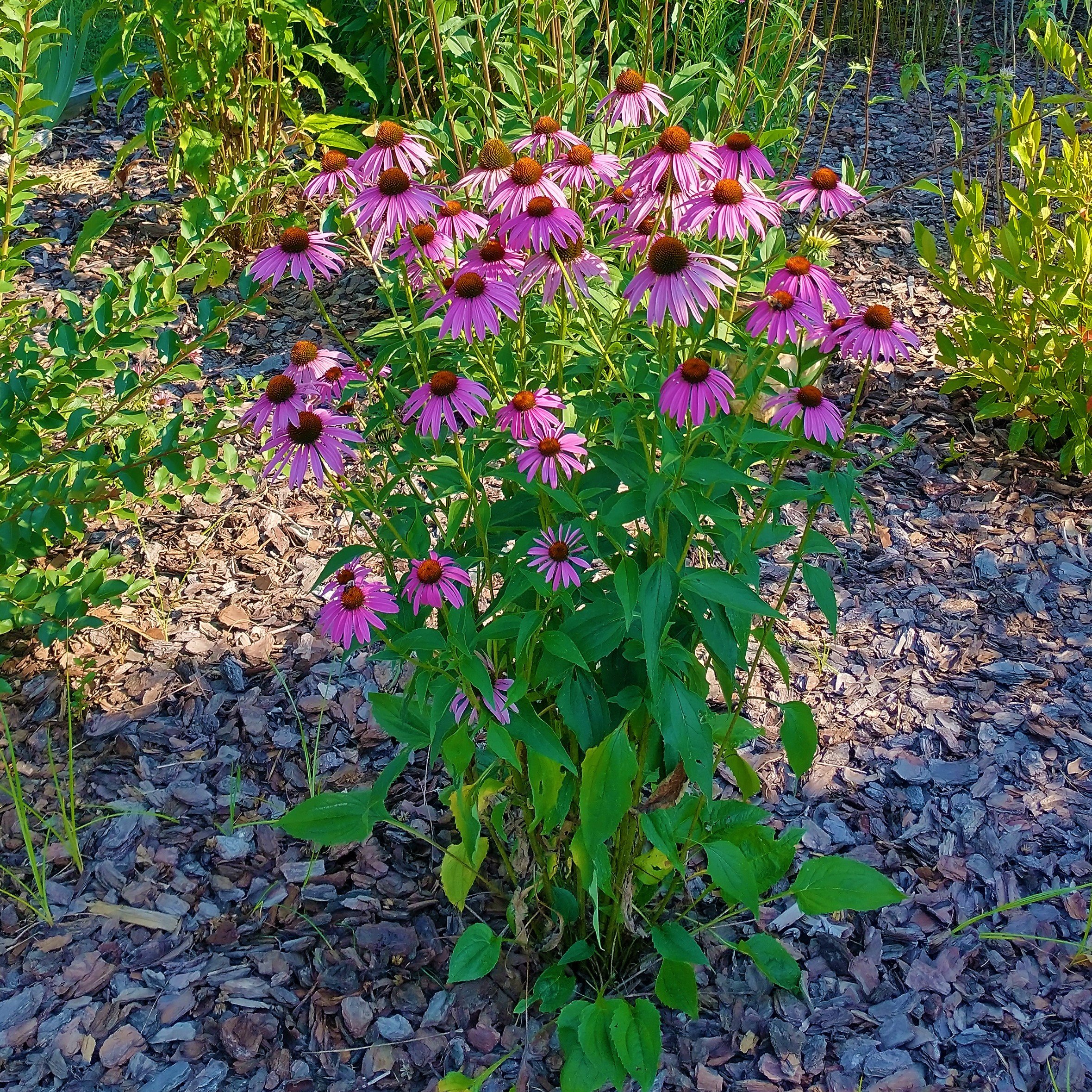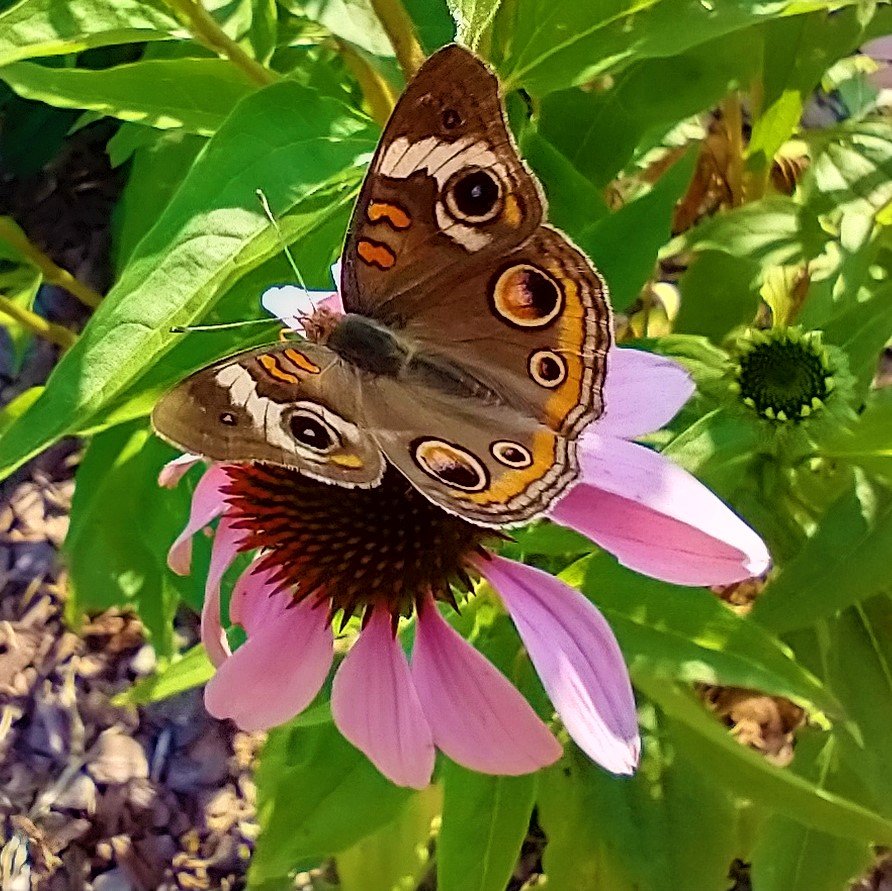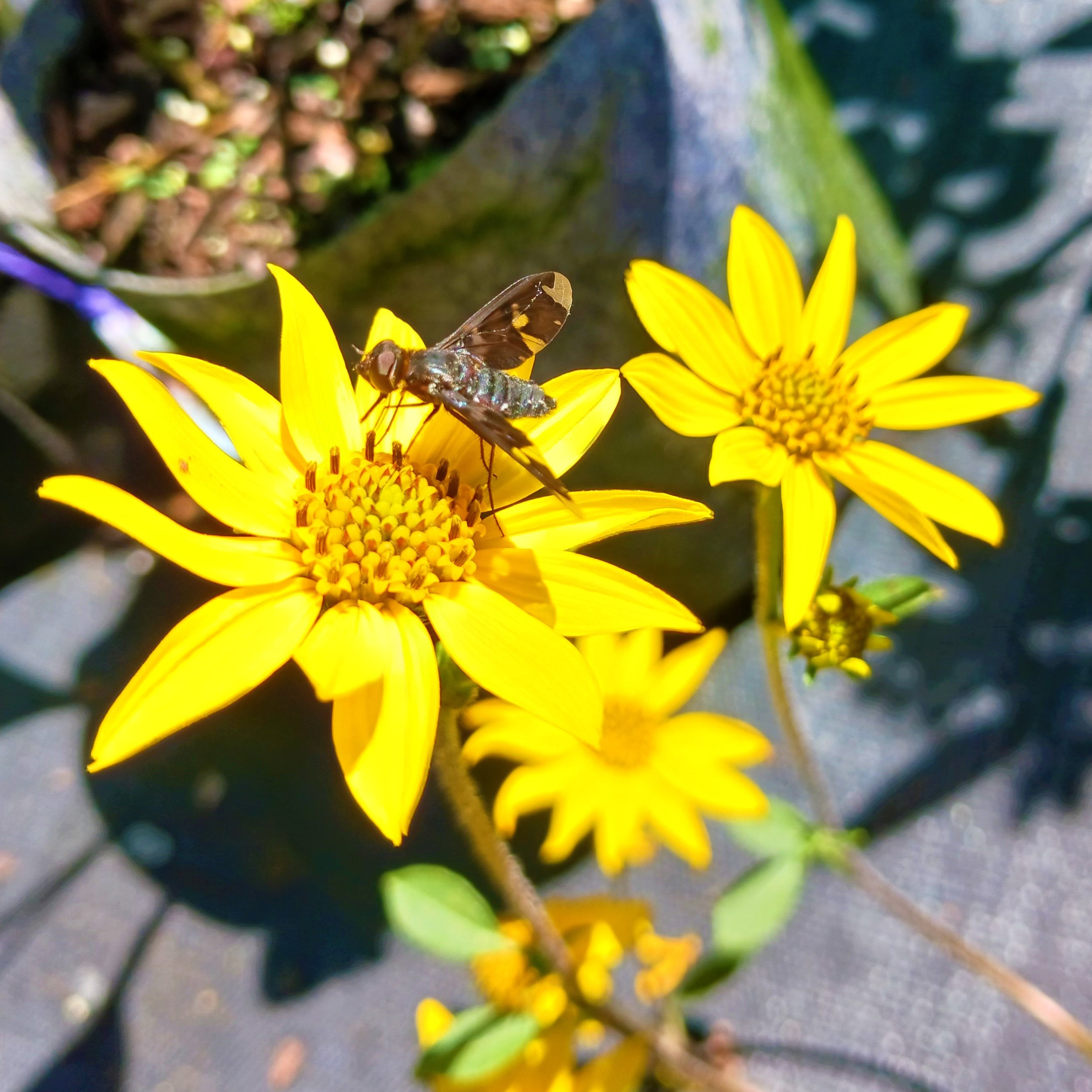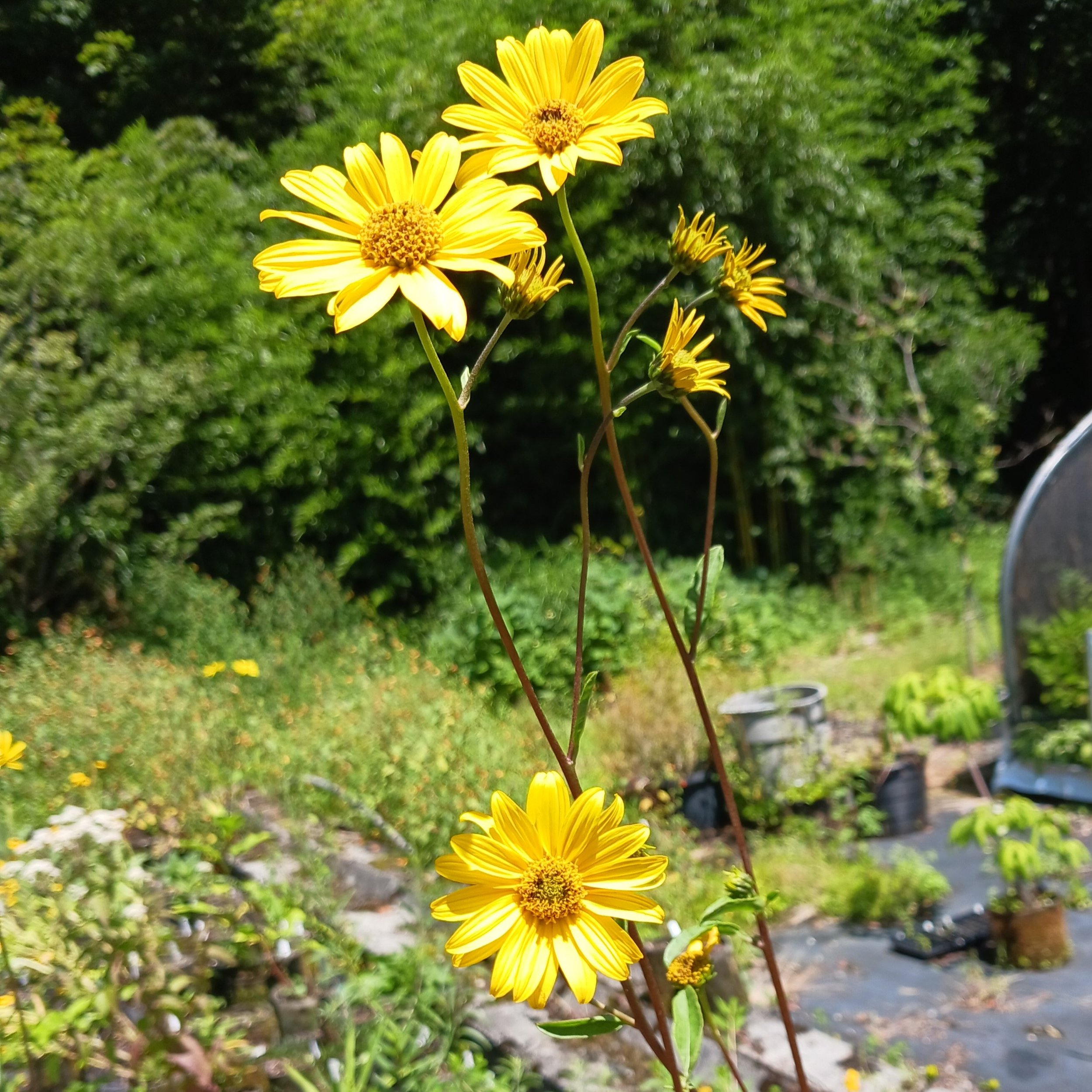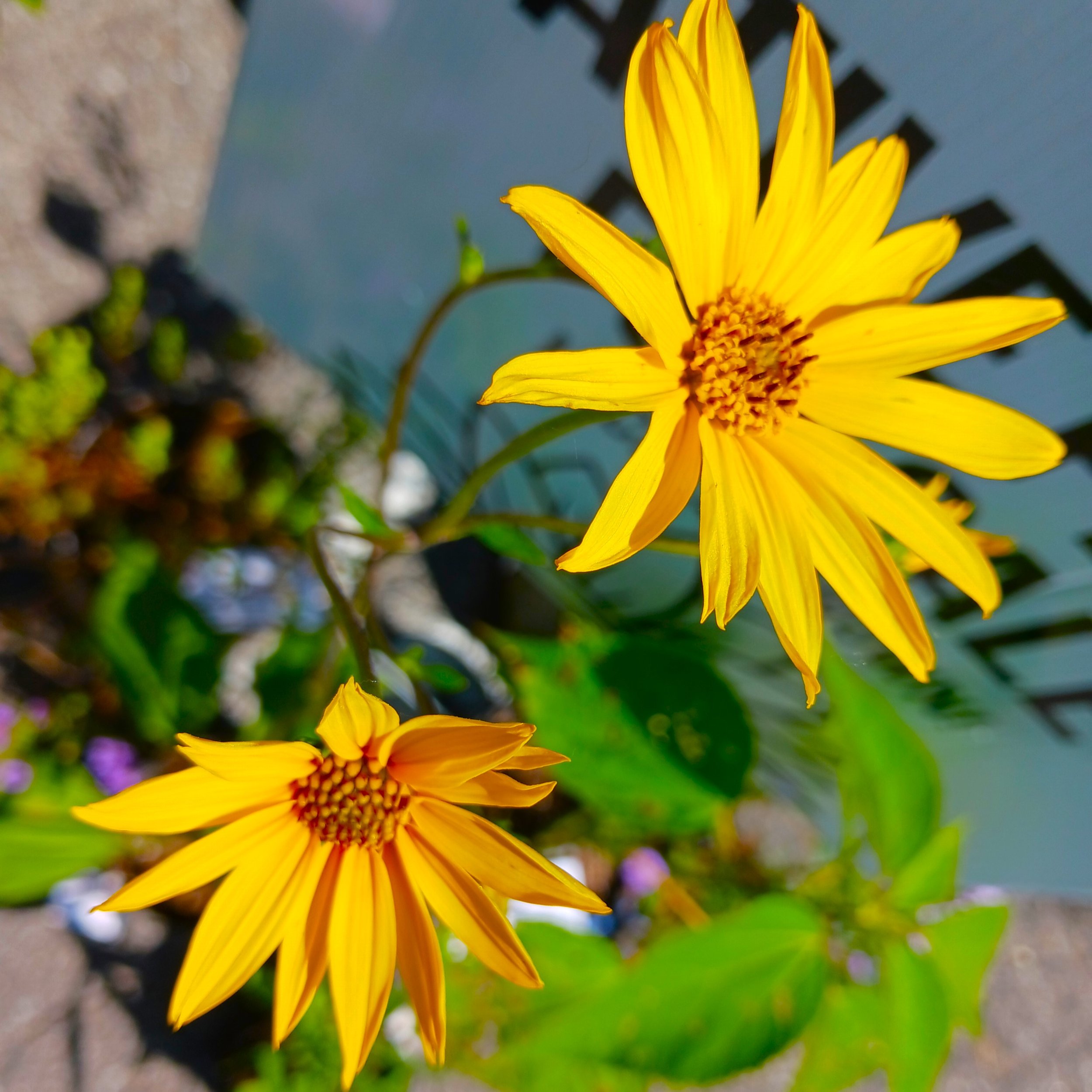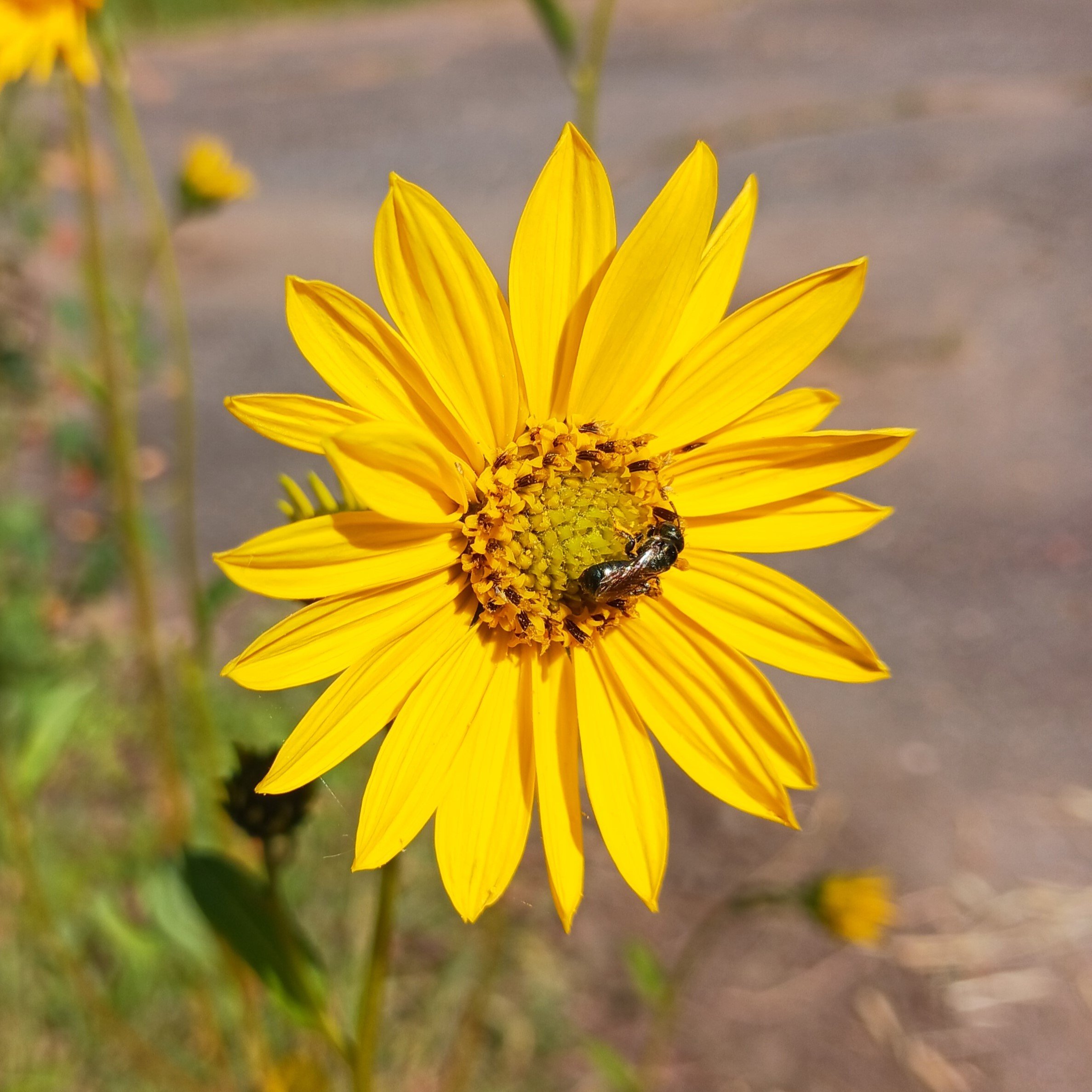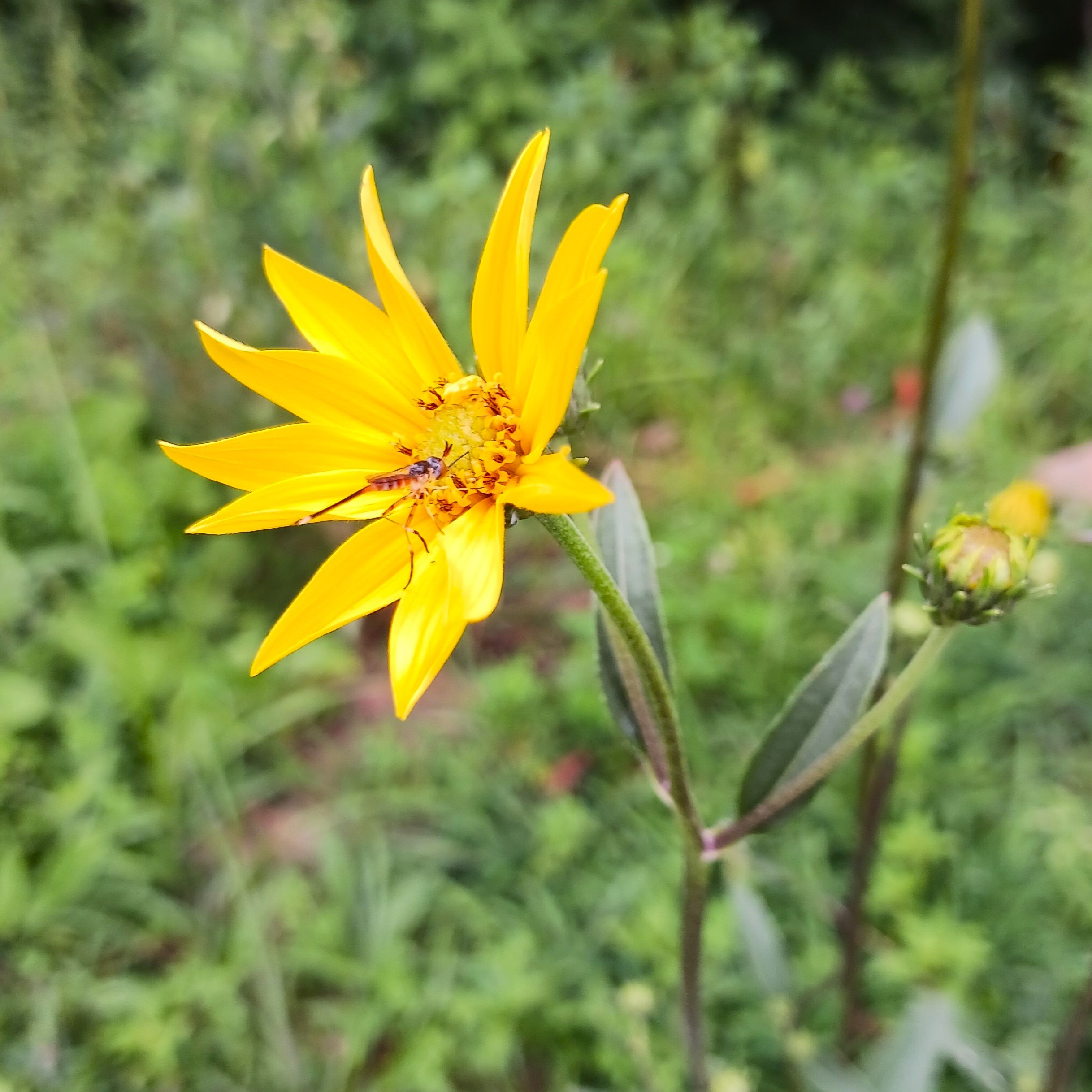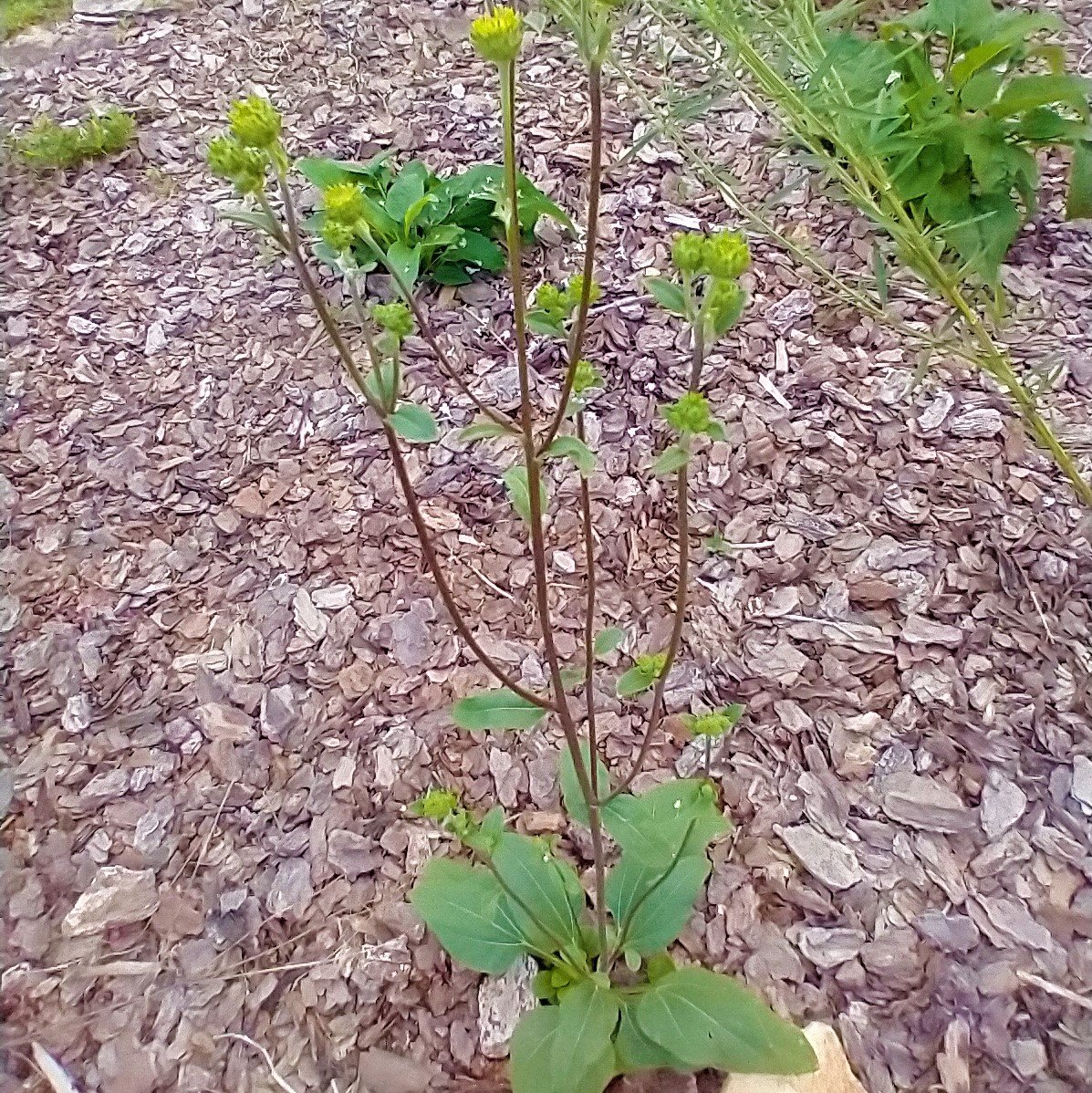Aquilegia canadensis (Wild Columbine)
Aquilegia canadensis is an all-around winning spring wildflower. It can thrive in a wide range of conditions, and attracts an array of pollinators, including hummingbirds. The bright red and yellow flowers add vibrant colors to showy season-long foliage.
Aquilegia canadensis is an all-around winning spring wildflower. It can thrive in a wide range of conditions, and attracts an array of pollinators, including hummingbirds. The bright red and yellow flowers add vibrant colors to showy season-long foliage.
Aquilegia canadensis is an all-around winning spring wildflower. It can thrive in a wide range of conditions, and attracts an array of pollinators, including hummingbirds. The bright red and yellow flowers add vibrant colors to showy season-long foliage.
If I had one choice of spring wildflower for a pollinator garden, it would be Aquilegia canadensis. This species is hardy and adaptable to a wide range of conditions - moist to dry soils, and full sun to full shade. It is also tolerant of dry shade areas and poor soils, making it useful in landscaping where other plants cannot thrive. Wild Columbine’s dense fibrous roots allow it to hang onto slopes and even grow out of rocky garden walls, as well as withstanding drought conditions once established. While not a typical groundcover, since it does not spread by rhizomes or stolons, Wild Columbine does readily reseed, allowing it to fill in woodland landscapes naturally. It is not considered weedy, but reseeding can be avoided by removing spent flowers in late spring/early summer. This species is also easy to transplant and can do well in containers.
Aquilegia canadensis is the only species of Columbine native to our region, although others show up in the nursery trade. It is a fantastic choice among spring wildflowers, offering a range of benefits to wildlife. The striking red color attracts hummingbirds during spring migration, and insect pollinators enjoy the nectar and pollen as well. The foliage is also food for larvae of several species of moths and the Wild Indigo Duskywing butterfly. These insects, as well as the seeds in summer, are popular with numerous types of songbirds. The foliage also provides shelter and cover for small animals.
Pollinators: Hummingbirds, bumblebees, digger bees, sweat bees, honey bees, butterflies, hawkmoths, moths, beetles, flower flies
Host Plant for Butterflies/Moths: 11 species in our region, including the Pink-washed Looper Moth (Enigmogramma basigera) and Wild Indigo Duskywing Butterfly (Erynnis baptisiae)
Wildlife Value: Songbirds, Thrushes, Wood Warblers, habitat
Deer Resistance: Excellent
Native Region: Appalachian Mountains, Piedmont, Coastal Plain
Seed Origin: USA, nursery seed collected in North Carolina
Light Recommendation: Full Sun, Part Sun, Full Shade
Soil Moisture Recommendation: Moist, Medium, Medium-dry, Dry
USDA Zones: 3-8
States found in our region: AL, DE, GA, KY, MD, NC, PA, SC, TN, VA, WV
Other states found: AR, CT, FL, IA, IL, IN, KS, MA, ME, MI, MN, MO, MS, ND, NE, NH, NJ, NY, OH, OK, RI, SD, TX, VT, WI










